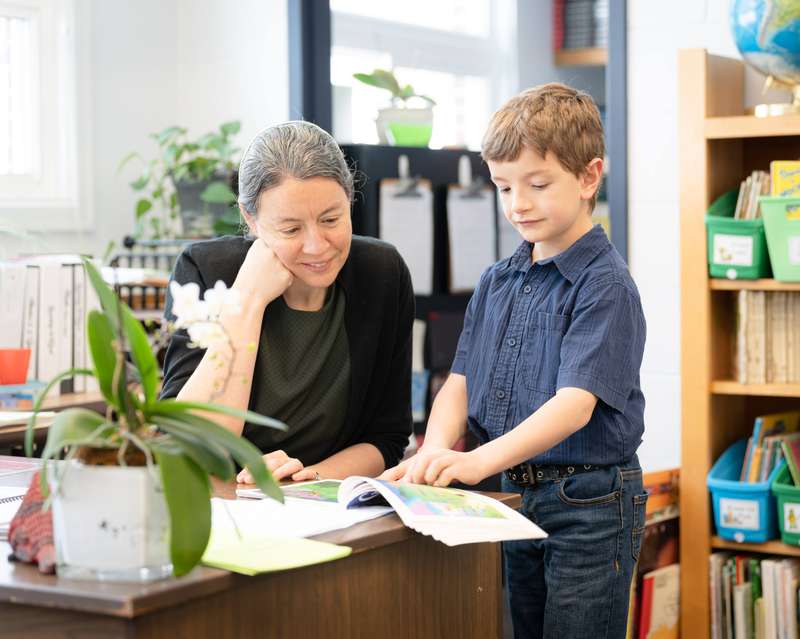The Second Graders Who Come to You

The first day of second grade arrives. The eager students appear at your door with confidence. They know what school is about. They know the routines and procedures. They know where the rest rooms are and where to put their lunch boxes and coats. They can find the kick balls and know how to play the recess games. They can read and write, add and subtract. They are not the little people in school anymore.
Then the school day starts. Suddenly some of them realize that they don’t know so much after all. Those words that were so easy at the end of first grade now elude their memory and the long pages of print look daunting. The facts on the math sheet are stored far back in their brains. The pencil feels clumsy in their hands. And this new teacher doesn’t do things like the teacher last year did.
You, as the teacher, may also be wondering what these second graders learned last year. You may be thinking that you’ve been handed a class of struggling learners. Even if you were the teacher who taught them in first grade, you may be surprised at how much they’ve forgotten over the summer. Things that were easy at the end of first grade are often difficult at the beginning of second grade. You will need to build a bridge over the gap.
The learning loss during summer is more apparent between the first and second grades than any of the other grades. The gap between the reader and the non-reader is also more noticeable when second grade begins. Some children—especially those whose interests lie outside the school walls—will spend very little time with letters and numbers during their summer vacation. The students who find reading easy and enjoyable probably spent time enjoying reading. Reading takes practice and those who practice are better at it than those who don’t. For many children, summer is about exploring the outdoors, helping mom or dad, playing with siblings, enjoying the release of the constraint of school. It is not about sticking their noses in the books. For them, second grade begins with a bit of a shock.
The beginning of second grade can be frustrating to the teacher and the students alike. The schoolbooks are on a second-grade level while the students’ skills may be closer to the end of the third quarter of first grade. It will take patience and perseverance for both the teacher and the student but eventually it evens out and dependent students become independent workers once again.
Following are some ideas that can help take the frustration out of the first weeks of second grade.
- Expect that most of the students are going to find the work difficult to begin with. They are adjusting to new books, new methods, and possibly a new teacher.
- Depending on your curriculum, plan to do a lot of work together as a class instead of independently during the first few weeks.
- Second grade will start off by reviewing some of the things they’ve learned in first grade. Ask the first-grade teacher how they taught those things. Maybe they used a slightly different terminology or a certain chart. Help link this year’s material to what they learned last year.
- To help bring reading skills back to where they should be, use choral reading practice. Read directions chorally (all together). Read story problems chorally in math. If students are not ready to silently read a bulk of material, read it chorally. Choral reading can include the entire group, or divided up into smaller groups for various selections. You need to be attentive during choral reading so that not only the strong readers are doing the reading. The teacher should be the leader. Everyone needs to participate and should read at a pace that will not lose the slower reader. If done well, choral reading gives practice and feedback to the struggling reader1.
- Make use of flashcards and extra drill for math facts. If the facts were learned well in first grade, some extra practice will soon bring them back to mind.
- Recognize that adjusting to school schedules and routines is tiring to bodies and minds. Provide breaks as necessary.
- Explain, model, and practice your routines, procedures, and rules. They might be different from what students knew last year.
Eventually you will look back and realize that your class is not one of struggling learners after all. They just needed time and practice to settle into second grade.
________________
See this article for more choral reading helps:
1Teaching Fluency through Choral Reading (thedockforlearning.org)
Leave a Reply